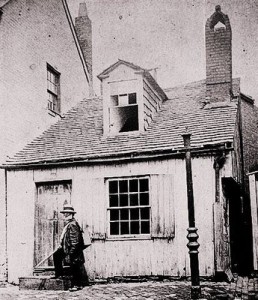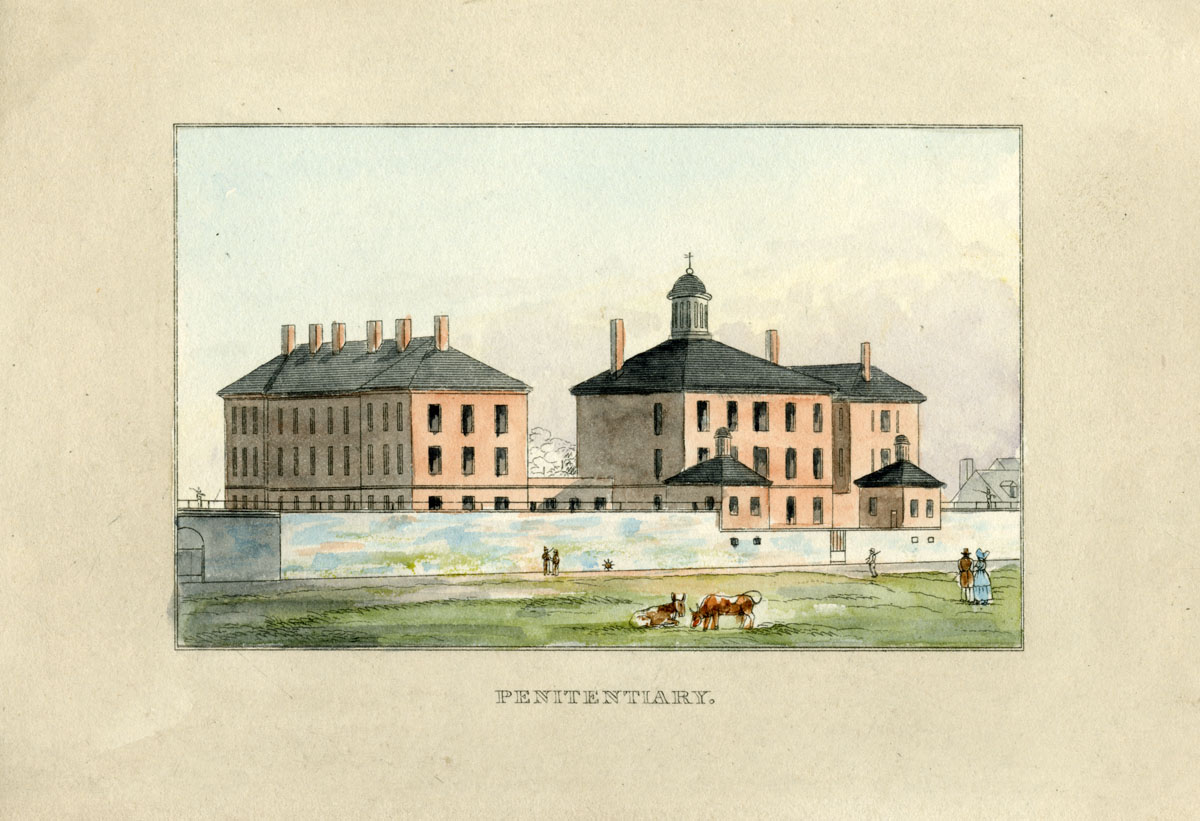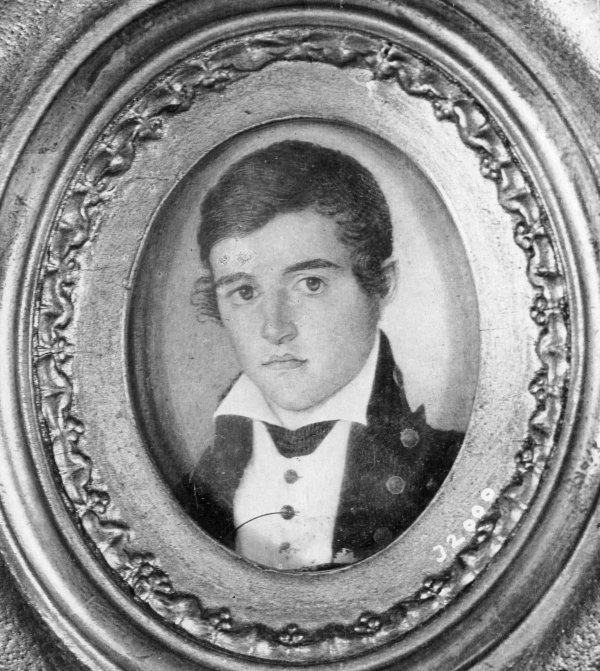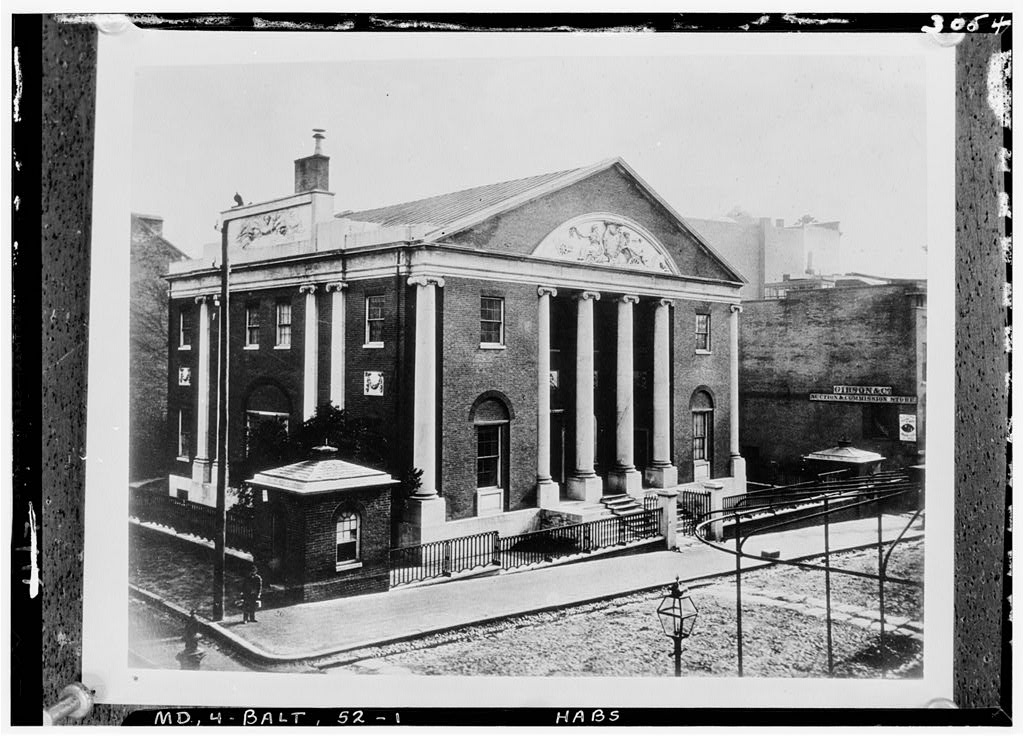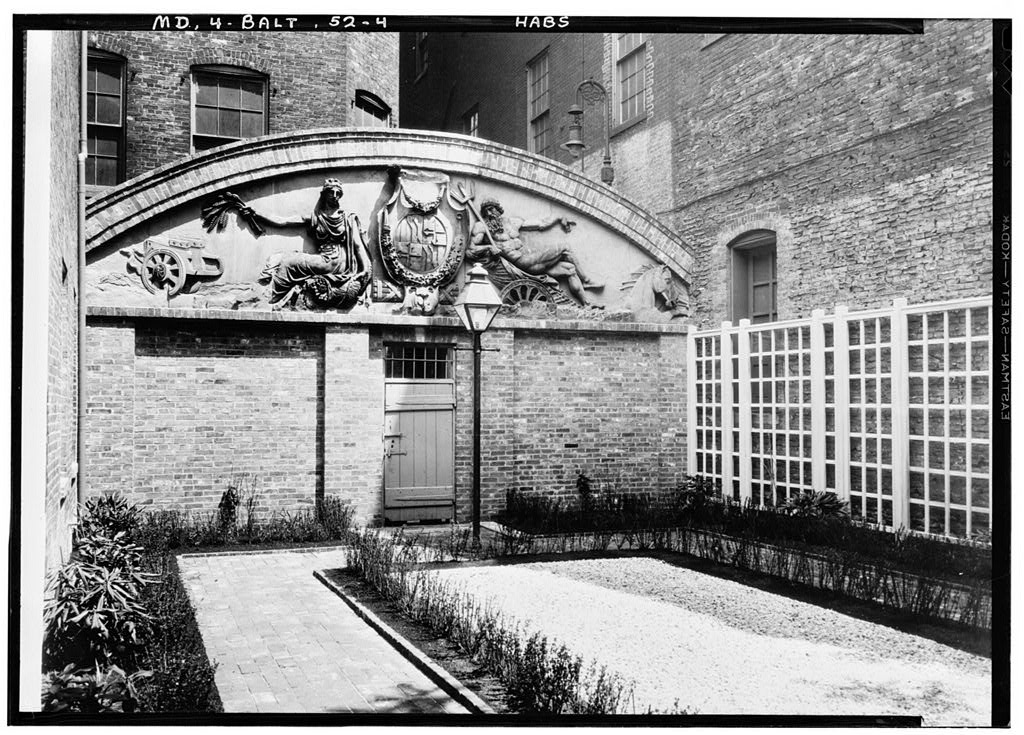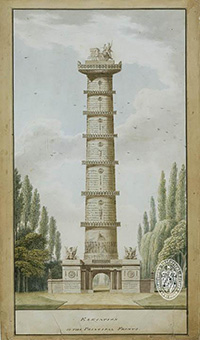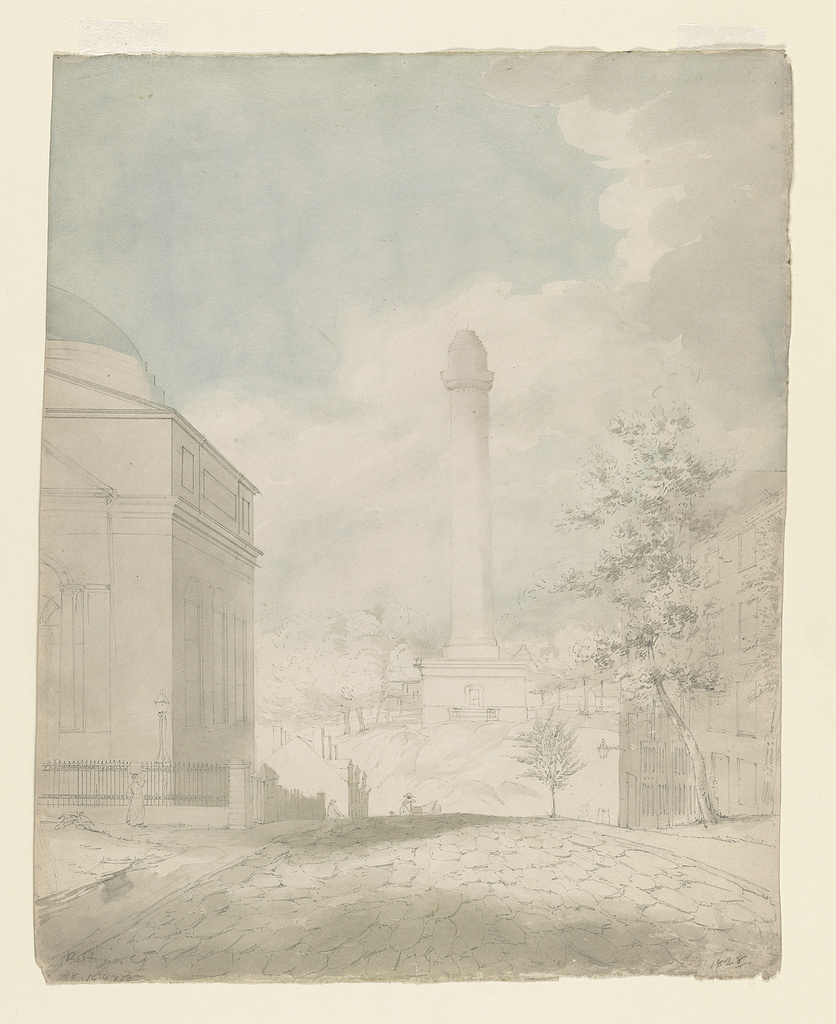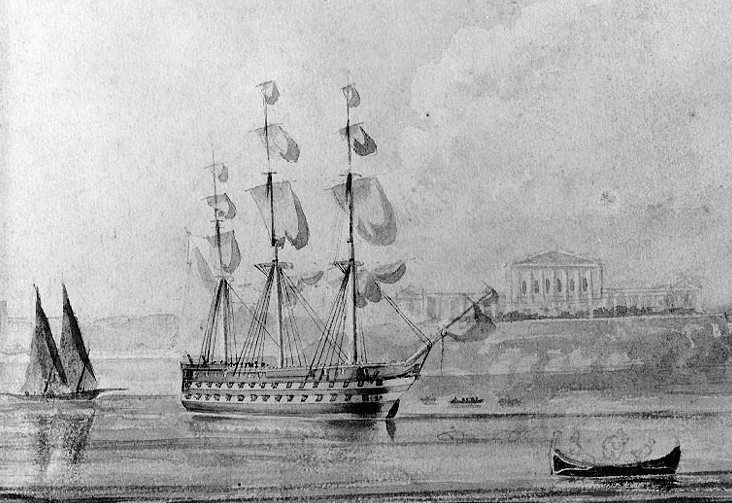
On March 11, 1814, Admiral Alexander Cochrane wrote to British Governor General George Prevost in Halifax, Nova Scotia from on board the HMS Asia docked in Bermuda. Cochrane outlined his plan to draw American forces away from Canada by making a “considerable diversion in the Chesapeake Bay.” Cochrane also felt optimistic about the prospects of “facilitate the desertion of the Negroes, and their Families,” and the possibility of arming formerly enslaved men to fight against slave-holders in the Chesapeake region.
HMS. Asia, Bermuda 11th March 1814
Sir,
I have the honor to acquaint Your Excellency of my arrival at Bermuda, to Succeed Admiral Sir John Warren in the Command of His Majesty’s Ships on the Coast of America, from the St: Lawrence to the Mississippi, and I take this early occasion of assuring Your Excellency of my most cordial concurrence in every measure that can be conducive to the good of His Majesty’s Service; Rear Admiral Griffiths will have my directions to Second your views to the utmost of his power,—And I hope to be able to make a very considerable diversion in the Chesapeake Bay, to draw off in part the Enemy’s efforts against Canada—
It is my intention to fortify one of the Islands in the Chesapeake, to facilitate the desertion of the Negroes, and their Families, who are to have their choice of either entering into His Majesty’s Service, or to be settled with their Families at Trinidad or in the British American Provinces— Recruiting Parties are to be sent from all the West India Regiments to Bermuda, and those who may choose to enlist, are to have their Wives and Families Provided for in the same manner, as those permitted to attend the Regiments abroad, by which it is hoped in a certain time the Regiments will furnish their own Recruits—
As two additional Battalion of Marines are on their way out, with the Recruits I expect to raise from the Negroes joined to the 102 Regt. all of which will be under the immediate Command of Major General Conran, I hope to be able to Keep the Enemy in a constant alarm so as to prevent their sparing any part of their Military force from the State, South of the Delaware, which if I succeed in, I do not believe from the temper of the Eastern states that they will be able to recruit their Army from thence—
I have the honor to remain etc.
[Signed] A. Cochrane March 11, 1814
